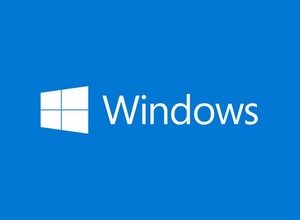 [German]Microsoft is cutting Windows Server channels and eliminating the semi-annual upgrade channels in the future. Starting with the upcoming Windows Server 2022, there will only be so-called LTSC variants every two to three years, which will get five years of mainstream support and another five years of extended support with security updates..
[German]Microsoft is cutting Windows Server channels and eliminating the semi-annual upgrade channels in the future. Starting with the upcoming Windows Server 2022, there will only be so-called LTSC variants every two to three years, which will get five years of mainstream support and another five years of extended support with security updates..
Microsoft announced this Windows Server release information document, updated on July 26, 2021. However, the semia-annual channel for previous server versions will continue to be supported until the dates given by Microsoft in the published table. About this Microsoft writes:
The Semi-Annual Channel in previous versions of Windows Server focused on containers and microservices, and this will continue with Azure Stack HCI.
With the Long-Term Servicing Channel, Microsoft aims to provide systems with a long maintenance option and functional stability. The whole thing can be installed with Server Core or Server with Desktop Experience installation options. The Long-Term Servicing Channel will continue to receive security and non-security updates, but no new features and functions.
| Windows Server release | Version | Build number | Availability | Mainstream support end date | Extended support end date |
|---|---|---|---|---|---|
| Windows Server, version 20H2 (Semi-Annual Channel) (Datacenter Core, Standard Core) | 20H2 | 19042.508.200927-1902 | 10/20/2020 | 05/10/2022 | Not applicable |
| Windows Server, version 2004 (Semi-Annual Channel) (Datacenter Core, Standard Core) | 2004 | 19041.264.200508-2205 | 05/27/2020 | 12/14/2021 | Not applicable |
| Windows Server, version 1909 (Semi-Annual Channel) (Datacenter Core, Standard Core) | 1909 | 18363.418.191007-0143 | 11/12/2019 | 05/11/2021 | Not applicable |
| Windows Server 2019 (Long-Term Servicing Channel) (Datacenter, Essentials, Standard) | 1809 | 17763.107.1010129-1455 | 11/13/2018 | 01/09/2024 | 01/09/2029 |
| Windows Server 2016 (Long-Term Servicing Channel) (Datacenter, Essentials, Standard) | 1607 | 14393.0 | 10/15/2016 | 01/11/2022 | 01/11/2027 |
I think Microsoft bows to the factual with this, since no one updates their servers every year. All details can be read in the linked article in case of doubt.





